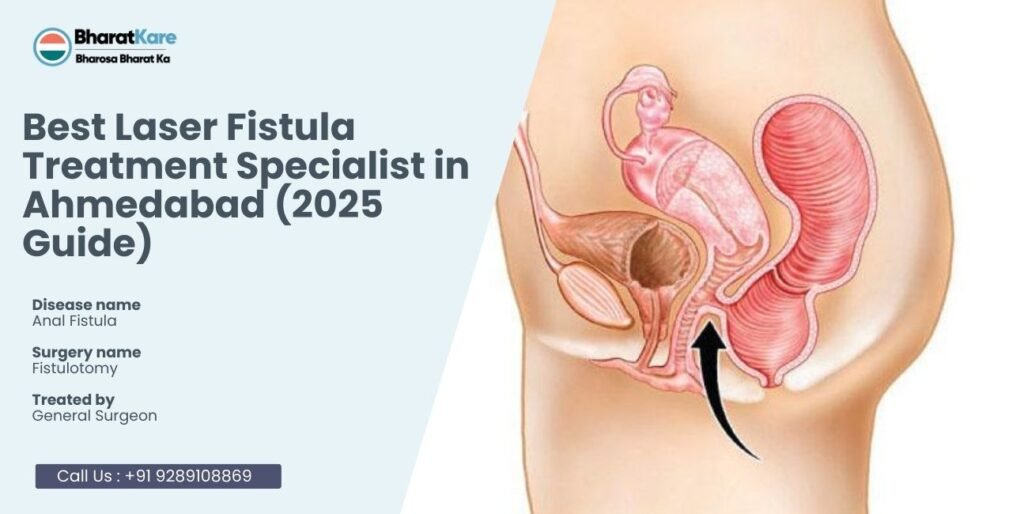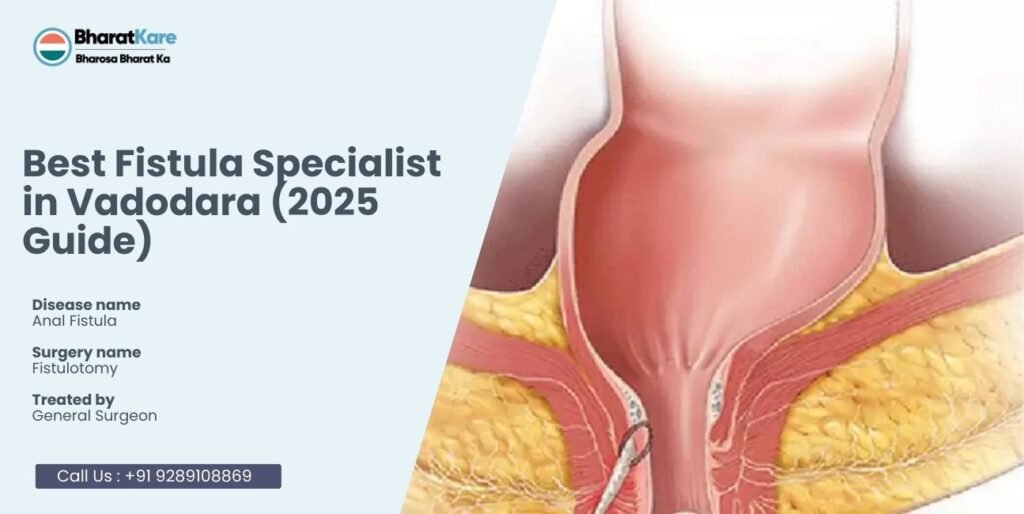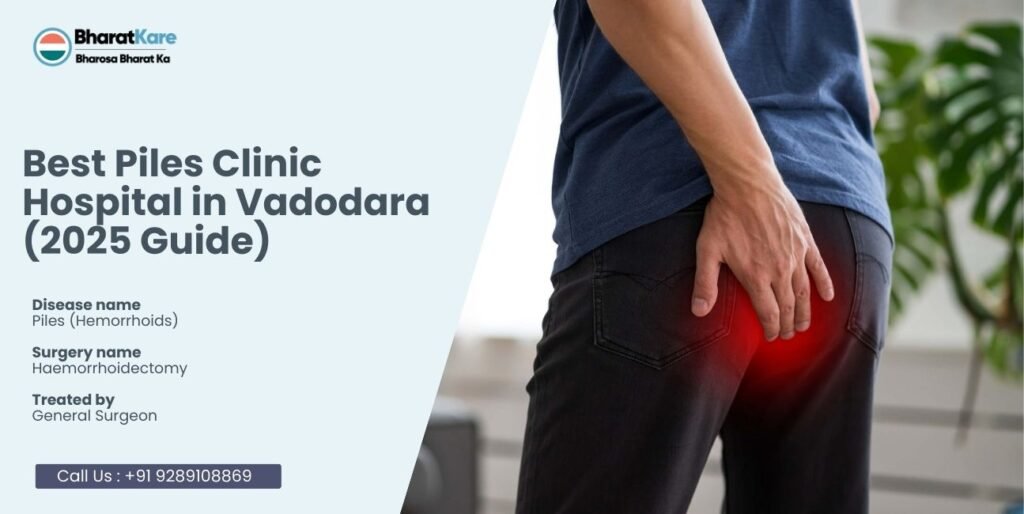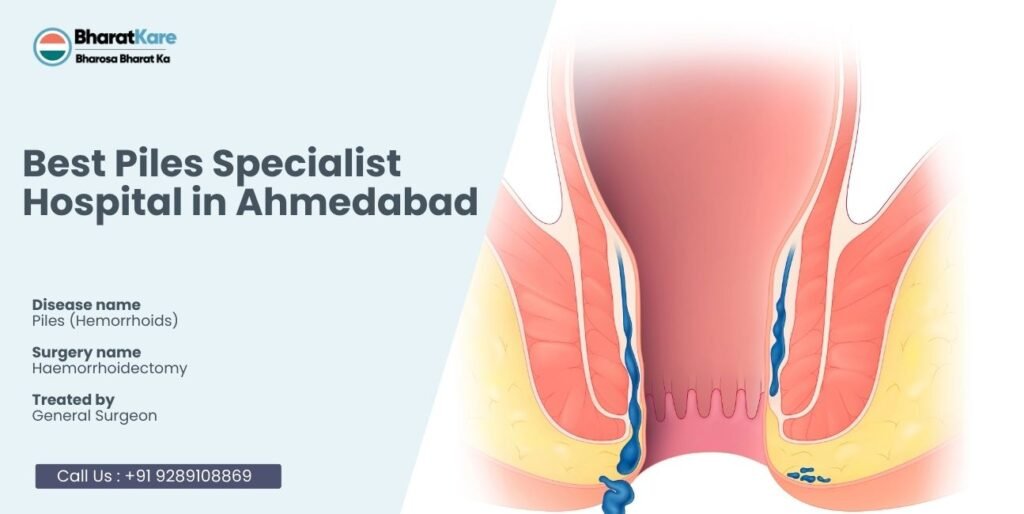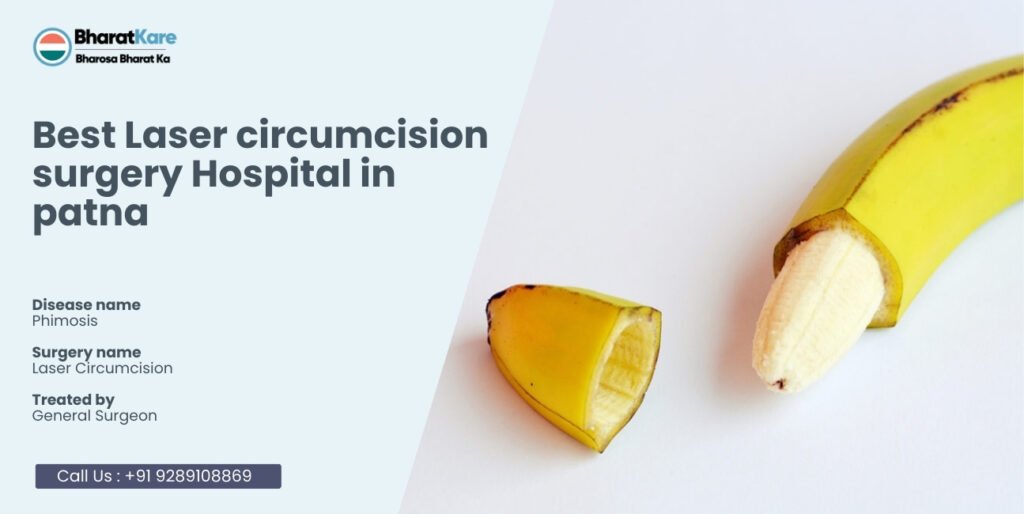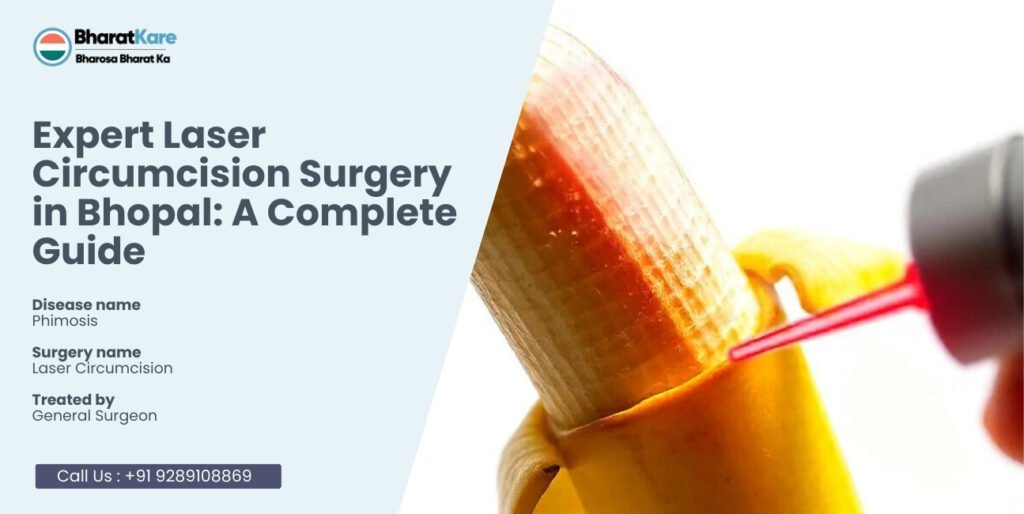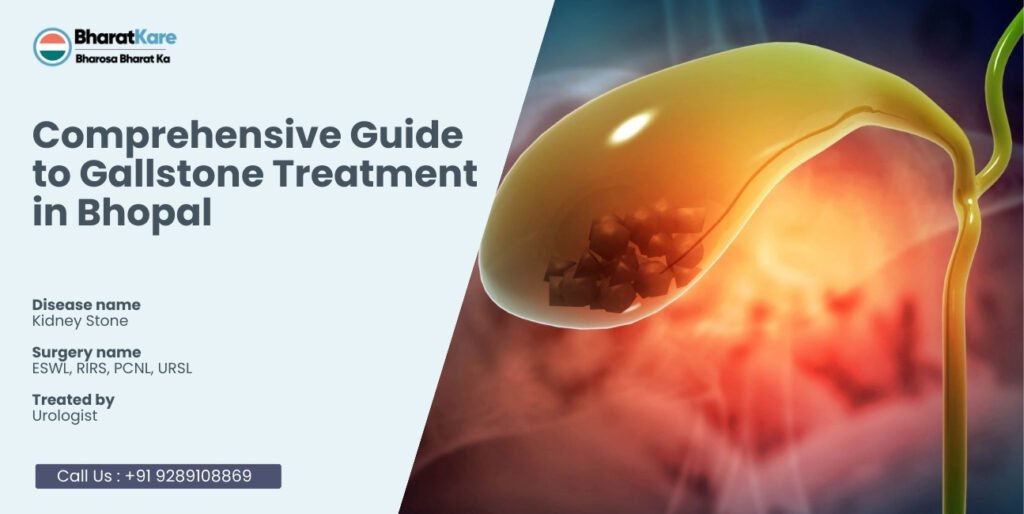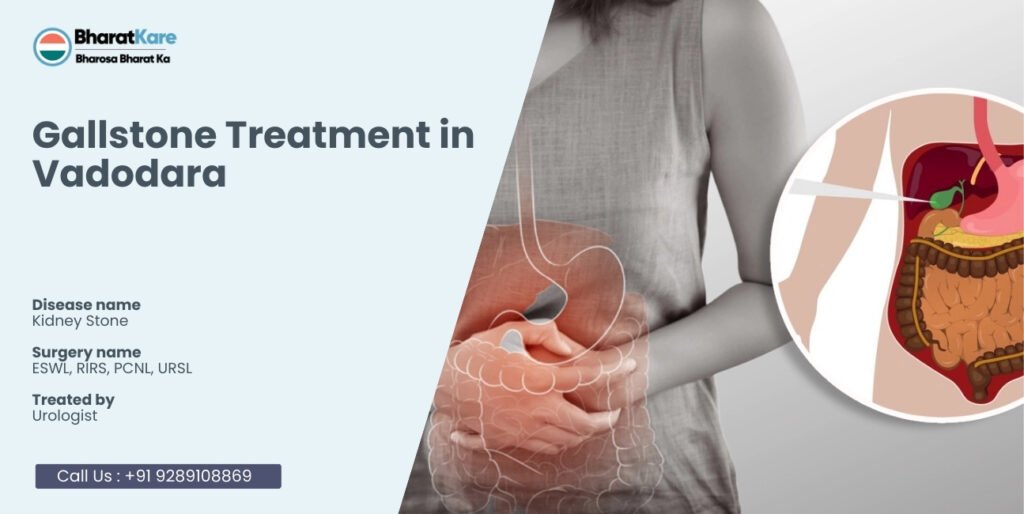Best Laser Fistula Treatment Specialist in Ahmedabad (2025 Guide)
Home About us Services Proctology Piles Treatment in India Anal Fissure Treatment Anal Fistula Treatment Pilonidal Sinus Surgery Urology Enlarged Prostate Treatment Kidney Stone Laser Treatment Laser Circumcision Treatment Stapler Circumcision Varicocele Surgery General Surgery Diabetic Foot Ulcer Treatment Laparoscopic Hernia Surgery Lipoma Treatment Gallstone Treatment in India Ophthalmology Cataract Surgery LASIK Eye Surgery Gynecology Hymenoplasty Surgery Hysterectomy Treatment Uterine Fibroids Treatment ENT Eardrum Repair Surgery Functional Endoscopic Sinus Surgery Septoplasty Surgery Tonsillectomy Surgery Plastic and Cosmetic Surgery Breast Augmentation Surgery Breast Lift Surgery Breast Reduction Surgery Gynecomastia Surgery Liposuction Treatment Rhinoplasty Surgery Orthopedics ACL Tear Surgery Hip Replacement Surgery Knee Replacement Surgery Vascular Surgery Deep Vein Thrombosis Treatment Laser Treatment for Varicose Veins Oncology Breast Lump Removal Surgery Blogs English Blog Hindi Blog Contact us X Book Free Appointment Best Laser Fistula Treatment Specialists in Ahmedabad (2025) If you’ve been suffering from anal fistula, you know the daily struggle is real – the pain, discomfort, and embarrassment can take a serious toll on your quality of life. Finding the best laser fistula treatment specialist in Ahmedabad has become a priority for many patients seeking relief. I’ve spoken with dozens of patients across Gujarat who describe the condition as “life-altering” and “mentally exhausting.” The good news? Medical science has come a long way, especially here in Ahmedabad, where several top laser fistula treatment specialists now offer advanced procedures that are changing lives. Gone are the days when fistula meant weeks of painful recovery and high recurrence rates. This comprehensive guide will walk you through everything you need to know about finding the best laser fistula treatment in Ahmedabad in 2025, based on real patient experiences and expert insights. Why Laser Fistula Treatment Specialists in Ahmedabad are Preferred “I couldn’t sit properly for months after my traditional fistula surgery,” shared Rajesh, a 42-year-old IT professional from Satellite area. His experience mirrors what many patients face with conventional approaches – extensive cutting, significant pain, and a recovery that drags on for 4-6 weeks. Not to mention the anxiety about potential sphincter damage and the embarrassing possibility of fecal incontinence. The traditional method simply cuts through the fistula tract, often damaging the delicate sphincter muscles in the process. What’s worse, conventional surgeries show recurrence rates up to 30% for complex fistulas. Many Ahmedabad patients report needing two or three procedures before finding relief – a frustrating cycle of pain and recovery. That’s where laser treatment comes in as a game-changer. A recent 2024 study in the Indian Journal of Colorectal Surgery found success rates between 42% and 88% for laser-based treatments, depending on fistula complexity. These numbers translate to real-life relief for patients across Ahmedabad. What makes the laser approach so different? Rather than cutting through tissue, it works from inside the fistula tract, sealing it with controlled heat energy. This preserves the surrounding healthy tissue – especially those crucial sphincter muscles. Most patients report significantly less post-operative pain, faster healing (many return to work within a week), and dramatically reduced risk of incontinence. The medical landscape in Ahmedabad has embraced this technology wholeheartedly. While five years ago only one or two facilities offered laser treatment, today several leading hospitals have invested in the necessary equipment and specialist training. The best laser fistula treatment specialists in Ahmedabad have established dedicated centers of excellence. Facilities like Bharatkare Hospital have been at the forefront of this shift, importing advanced laser systems and developing dedicated colorectal care teams with laser fistula treatment specialists who focus exclusively on these procedures. How to Choose the Best Laser Fistula Treatment Specialist in Ahmedabad Finding the right doctor for something as sensitive as fistula treatment can feel overwhelming. After talking with patients and medical professionals across Ahmedabad, I’ve identified five crucial warning signs to watch for during your search. First things first – check those credentials closely. You’d be surprised how many doctors in Ahmedabad advertise “laser treatment” without specialized training in colorectal procedures. Look for specialists who’ve completed specific proctology training or colorectal surgery fellowships. As Meena, a 37-year-old teacher from Vastrapur told me, “I assumed all surgeons were equally qualified for this procedure. Big mistake.” Her first treatment failed because the doctor, while experienced in general surgery, lacked specific expertise in complex fistulas. The right specialist should be a member of professional bodies like the Indian Association of Colorectal Surgeons or have international certifications. Next, pay attention to the diagnostic tools available. A doctor who’s trying to treat your fistula without proper imaging is essentially working blind. “My first doctor just did a physical exam and said he understood my fistula completely,” shared Arjun from Bopal. “The specialist I eventually found insisted on an MRI first, which revealed my fistula was much more complex than anyone realized.” Modern fistula care absolutely requires high-resolution MRI or endoanal ultrasound to map the entire tract. Without this crucial step, success rates plummet. Be specific when asking about the actual laser technology being used. Some clinics in Ahmedabad use misleading marketing, advertising “laser treatment” when they’re really just using conventional techniques with minimal laser involvement. Ask pointed questions: “Do you use FiLaC or LAFT systems specifically?” “How exactly does the laser preserve sphincter function?” “What percentage of the procedure involves actual laser technology?” A genuine specialist will appreciate these questions rather than dismissing them. Hospital hygiene isn’t something we like to think about, but it matters tremendously for colorectal procedures. I’ve visited numerous facilities across Ahmedabad while researching this guide, and the differences are striking. Look for dedicated operation theaters with strict sterilization protocols. One red flag I’ve observed: clinics where staff don’t change gloves between patients during consultations. As Dr. Mehta, a leading infection control specialist in the city explains, “Colorectal procedures carry inherently higher infection risks. Proper protocols aren’t optional – they’re essential.” Finally, be wary of any clinic that treats fistula surgery as a one-and-done procedure without comprehensive aftercare. Healing continues long after you leave the operating room. “My doctor saw me five times after surgery, checking healing progress and
